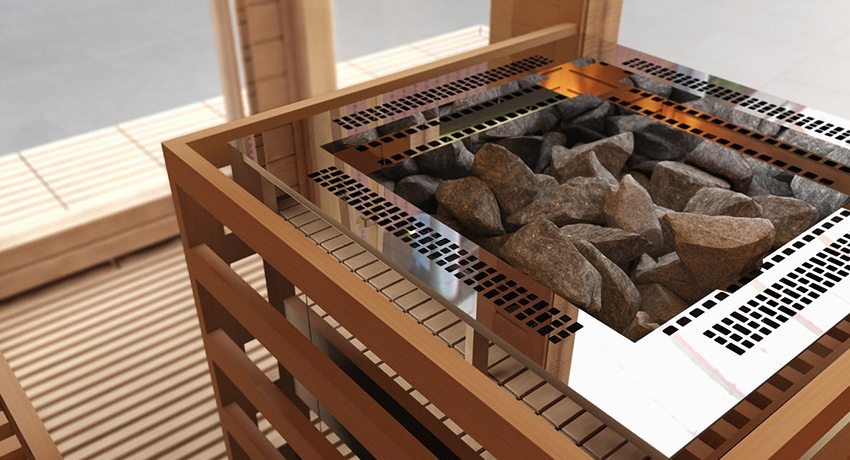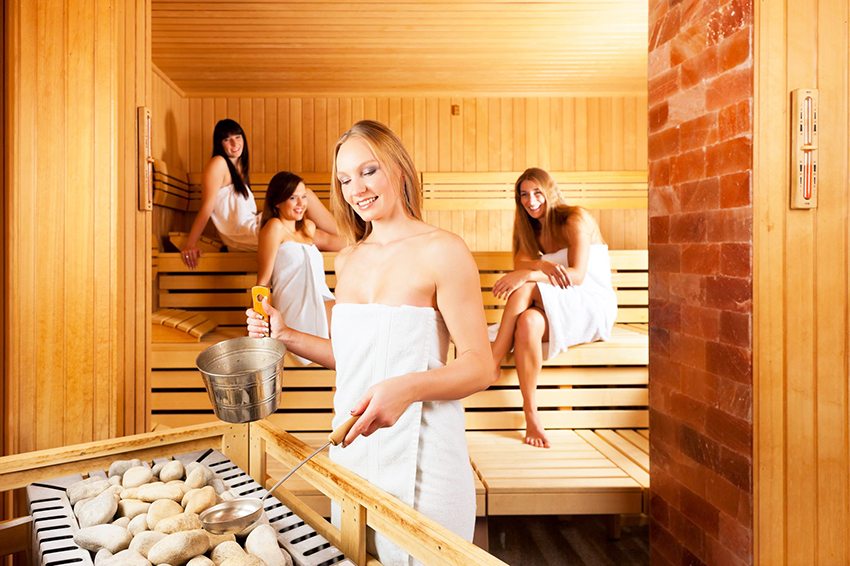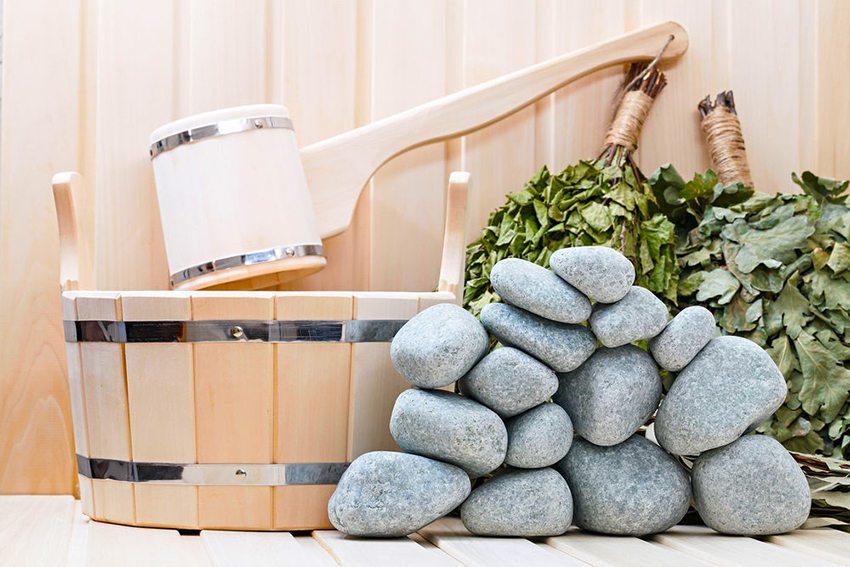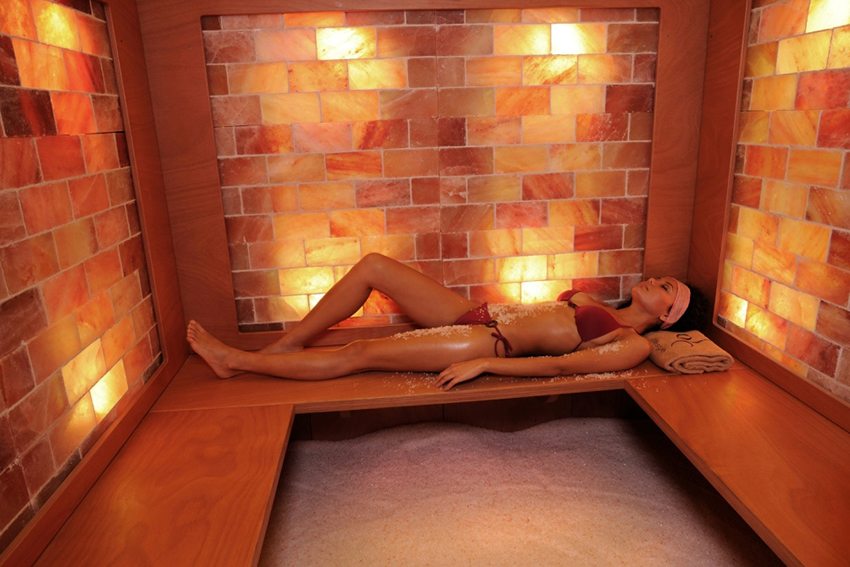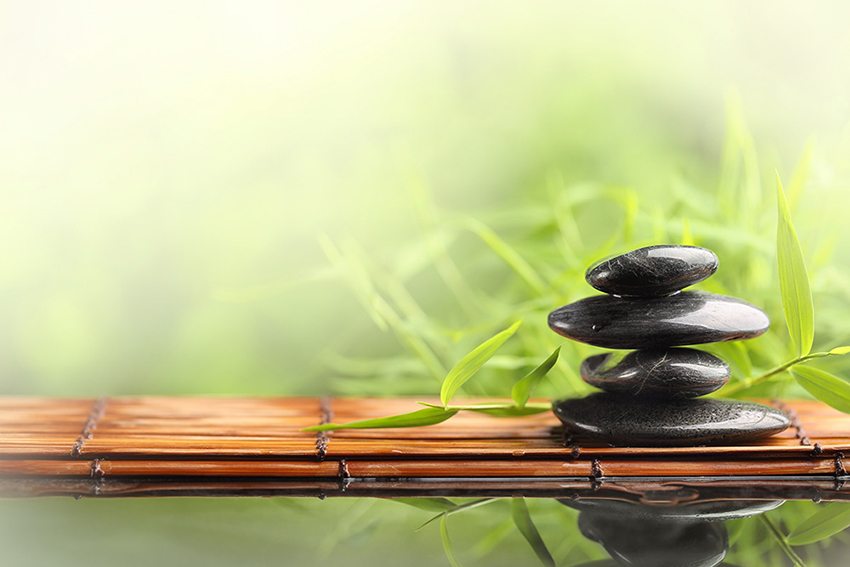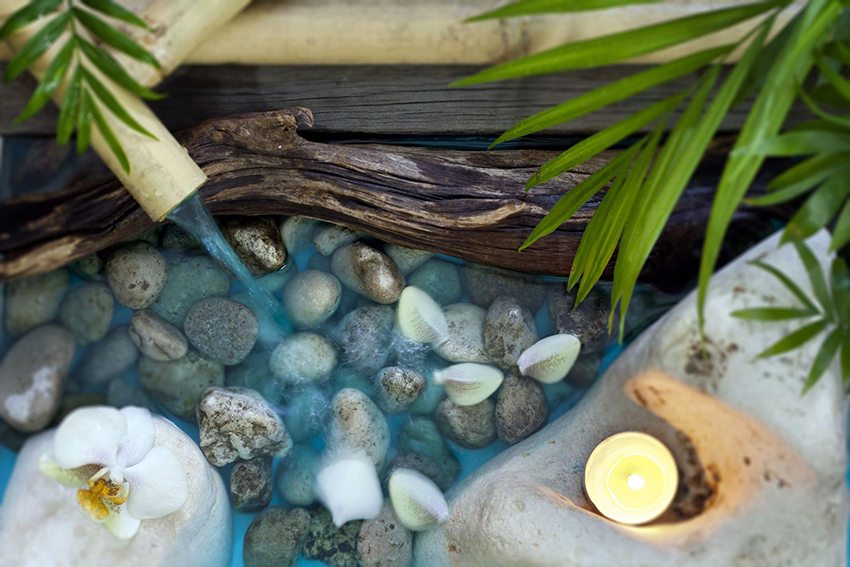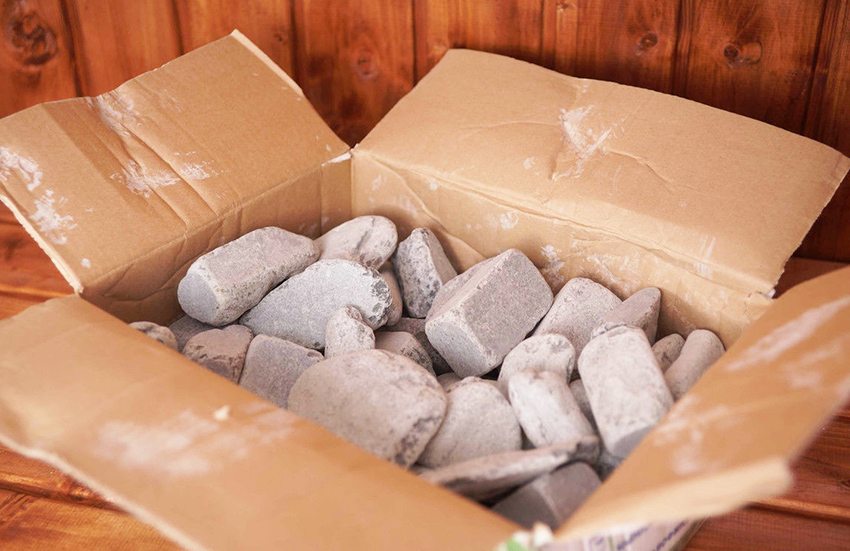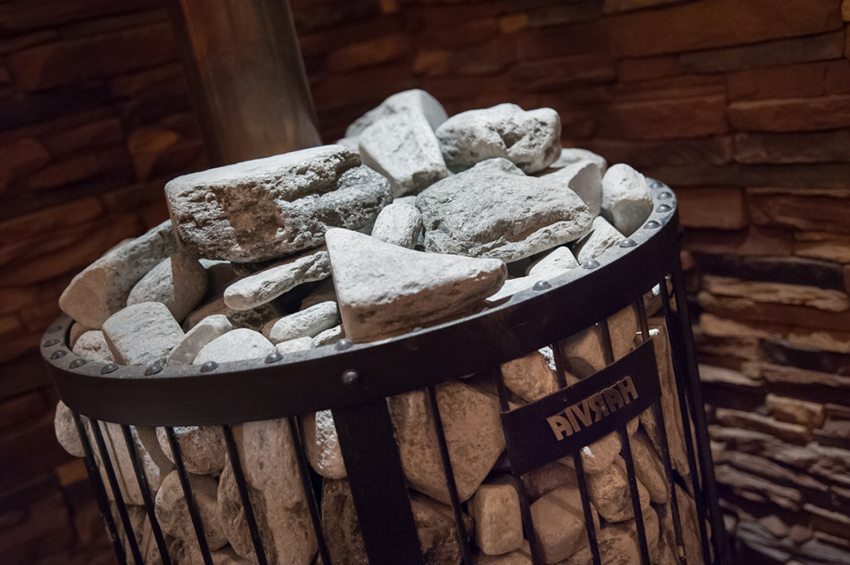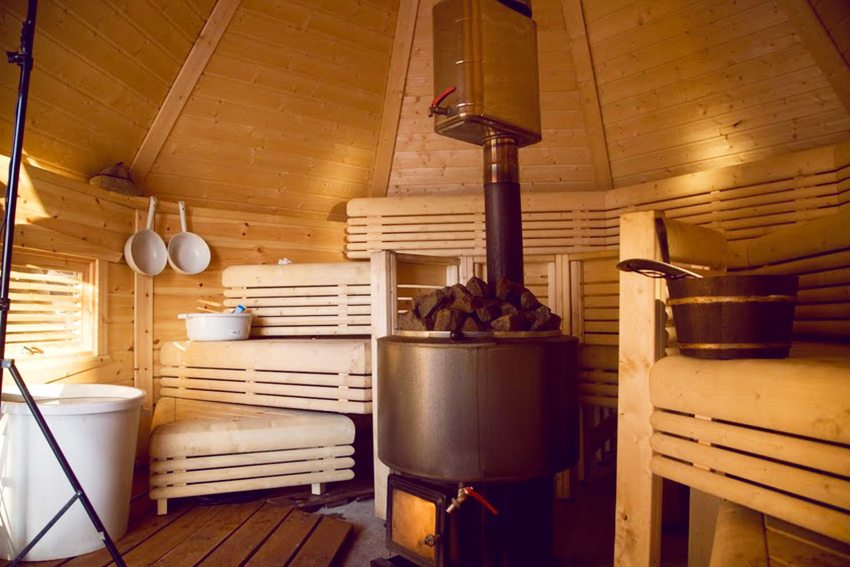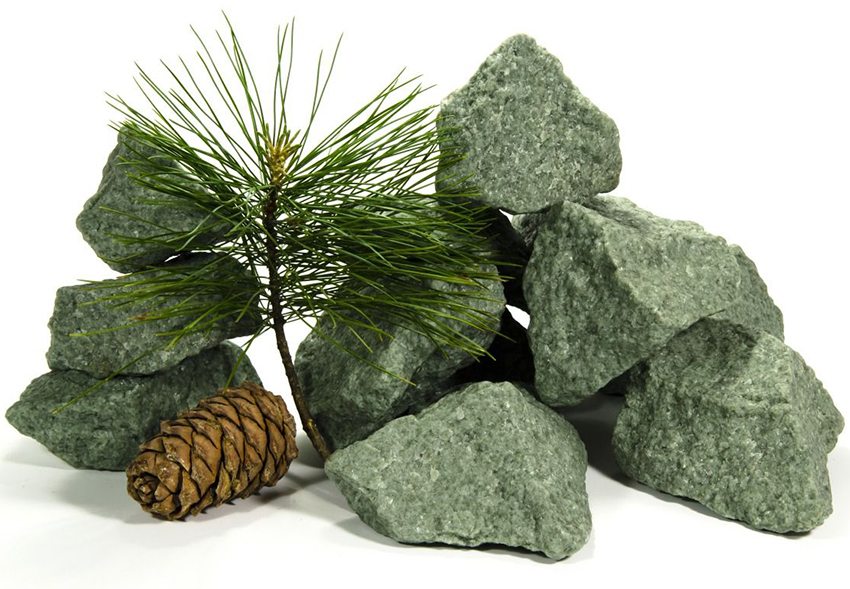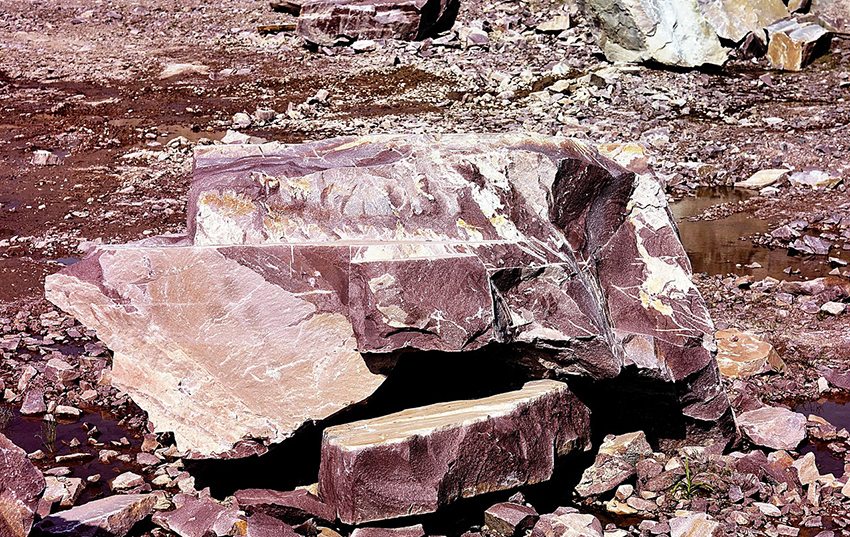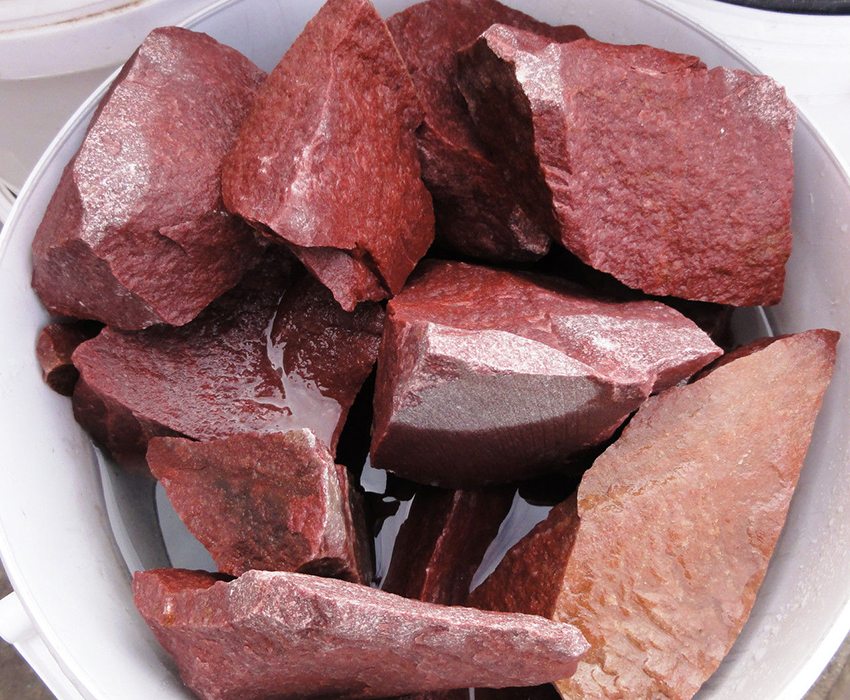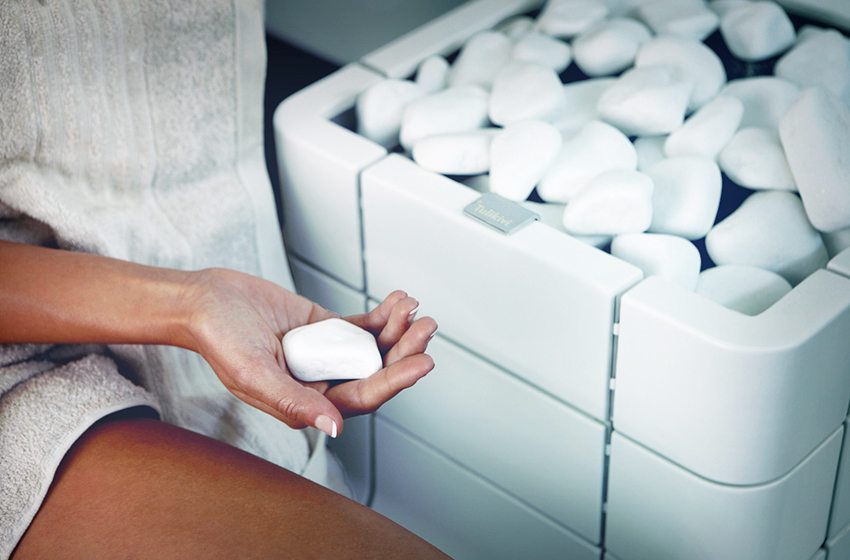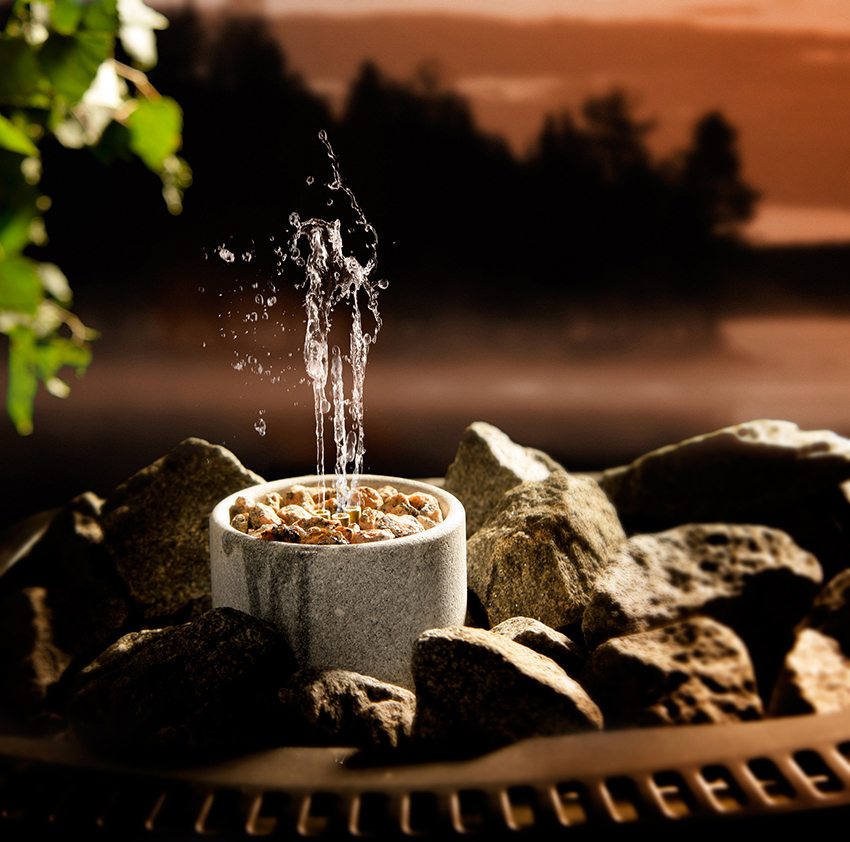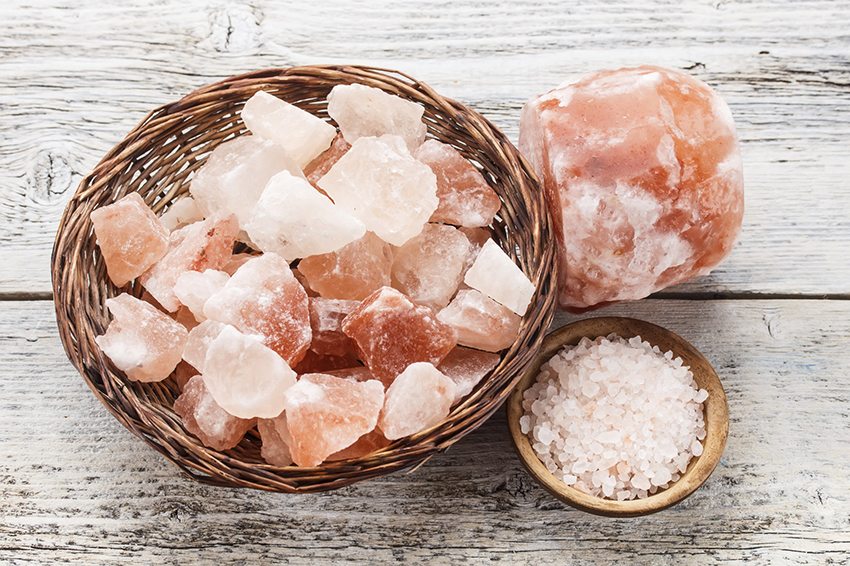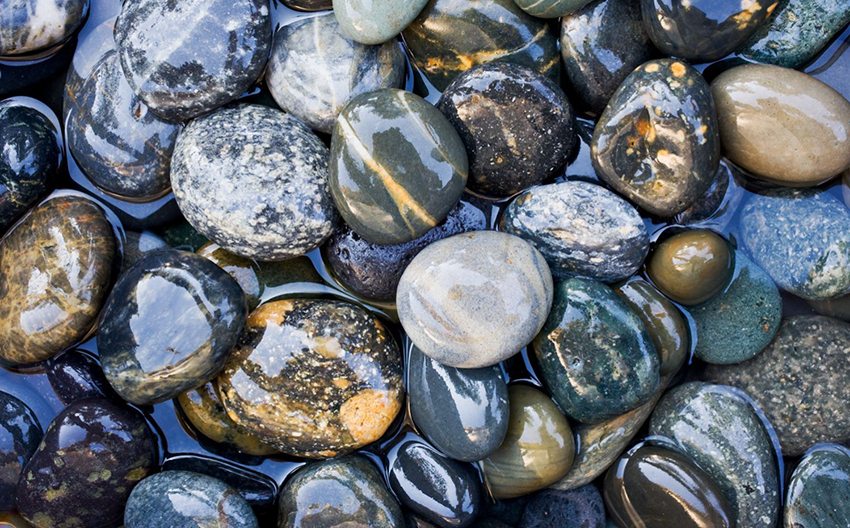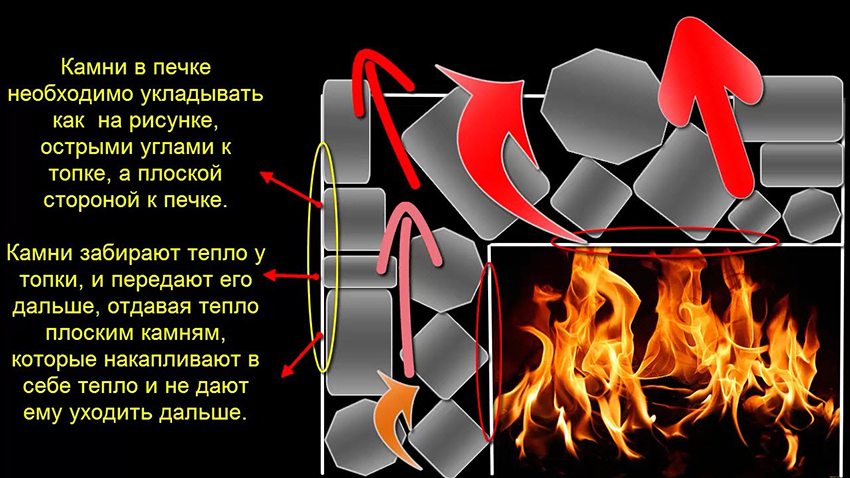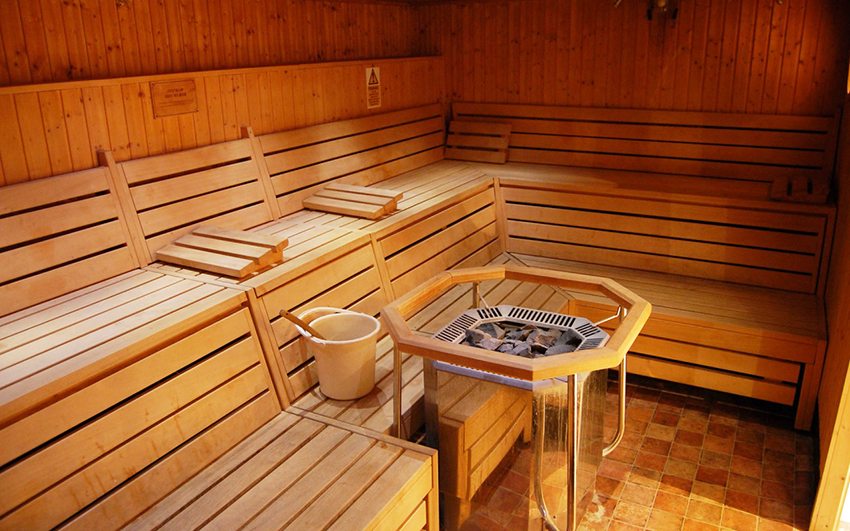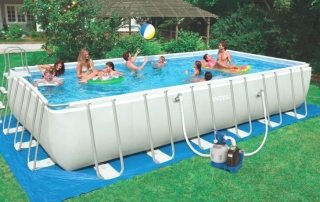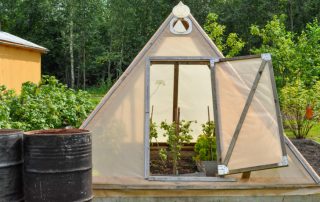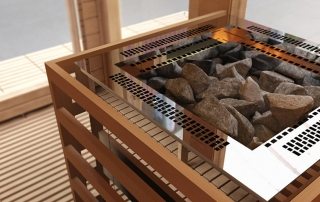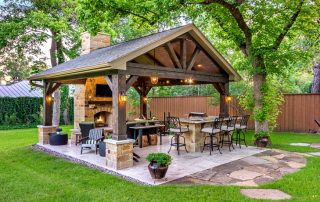Taking a steam bath is not only pleasant, but also good for your health. And we are talking not only about banal relaxation, but also about the prevention of a fairly wide range of diseases. To achieve the desired result, you need to choose the right filling for the stove, that is, stones. There are many subtleties in how to choose stones for a bath: which ones are better than they differ from each other, where you can collect stones, and where not.
Content
- 1 How to choose stones for a bath: basic requirements
- 2 What stones for a bath to choose: the beneficial properties of certain minerals
- 2.1 Pebbles as a budget option
- 2.2 Benefits of using gabbro-diabase
- 2.3 Long-lasting soapstone for light steam
- 2.4 Durable basalt
- 2.5 The beauty and benefits of jadeite
- 2.6 Raspberry quartzite - original color and durability
- 2.7 White quartz is the most expensive pleasure
- 2.8 Practical and inexpensive porphyrite
- 2.9 Himalayan salt - healthy exotic
- 3 What stones for baths are better to choose and why
- 4 Features of different types of rocks
- 5 How to choose stones for a bath: which are better and how to stack
How to choose stones for a bath: basic requirements
There are a number of parameters that minerals for a bath must meet. If you do not understand this issue, then you can get advice from a specialist or just buy a ready-made set. Ignorance in this case can lead to very disastrous consequences, since many natural minerals absorb harmful substances, which are then released along with the steam. For example, in no case should you take stones for a bath near the railway line, as they can be saturated with creosote - the strongest poison.
If you buy minerals in a store, then the packaging should be marked with a mark that the products have passed radiation control. An interesting alternative to natural stones is cast iron balls. The steam from them does not have any healing effect on the body, but cast iron perfectly accumulates heat and gives it away for a long time.
If you decide to buy stones for the sauna stove yourself, then they must meet the following criteria:
- resistance to high temperatures - minerals for a sauna stove should not crack or crack in a fire. In order to check compliance with this requirement right on the spot, you can hit the stone with a hammer or other stone. Another test option is to heat the cobblestone red hot in a fire and then throw it into cold water. A truly high-quality stone will not crack from this;
- the correct shape and size - this parameter strongly depends on the type of oven. If you use an ordinary wood-burning stove in your bath, it is better to take large cobblestones with a diameter of 70-130 mm for it.For small electric stoves, you will need smaller stones - 50-60 mm. As for the shape, it can be any, but it should be borne in mind that flat stones are easier to stack and they fit more into the oven. The number of boulders is also directly related to the size of the oven.
- ability to keep heat - the higher it is, the longer the stones will release heat. You can check this point by the specific gravity of the mineral - a stone that accumulates heat well should be heavy, dense and with a homogeneous structure.
Useful advice! A universal option for stones in a sauna heater is salt bricks. They are purchased in specialized stores and have optimal performance.
What stones for a bath to choose: the beneficial properties of certain minerals
Most of the minerals can boast of the presence of one or another healing properties. Therefore, when choosing an option for a bath, it is worth considering the characteristics of each of the types of stones and your needs in terms of health.
Pebbles as a budget option
Ordinary river or sea pebbles are the most economical option for bath minerals. Such cobblestones can be collected free of charge on the shore of the reservoir, they are characterized by an attractive appearance and high strength. In addition, the pebbles can be flattened oval, which is very convenient for even placement in the oven. Pebbles can be stacked so tightly that water will not get on the furnace metal, evaporating exclusively on the stones.
When choosing a pebble, you should pay attention to its color. Cobblestones should not have red spots or streaks that indicate iron oxide. Redness on the stones suggests that when heated in a fire, substances harmful to health can be released. Also, do not take bottom limestone as stones for the stove in the bath. Under the influence of high temperatures, it quickly collapses, and with steam, lime dust gets into the air, which settles not only on shelvesbut also on the teeth. It is very difficult to get rid of limescale, so you just should not use this type of minerals in the steam room.
Good samples of pebbles can be found not only on the river or seashore, but also under power lines. In Soviet times, all power transmission towers were covered with high-quality and fairly large pebbles, which can now be safely taken for use in the steam room.
Benefits of using gabbro-diabase
Gabbro-diabase is another very budget option for a steam room mineral. In appearance, it resembles dark marble, is characterized by low water absorption and high strength. This type of stone is mined in Karelia and is of volcanic origin, which indicates its ecological purity.
In terms of heat absorption, gabbro-diabase cannot boast of special advantages, since it absorbs heat for a very long time, but cools down very quickly when the fire goes out. In addition, when heated, it expands, this should be taken into account when laying.
If the mineral is heated too much, then it begins to give off an unpleasant odor. It is also not recommended to use it with various aromatic tinctures or essential oils, as this inevitably leads to the formation of deposits on the surface of the cobblestones. It is recommended to frequently sort out this mineral and discard the unusable samples so that they do not contaminate the grates of the furnace.
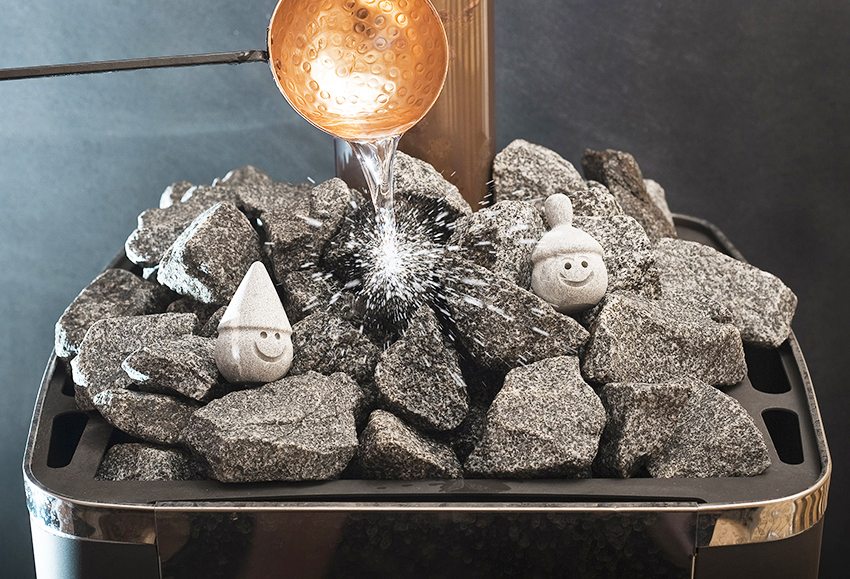
For gabbro-diabase, a weak water absorption is characteristic, which makes it possible to produce a maximum of steam when heated
In fact, the only significant advantage of this mineral is its low cost. In terms of other parameters, it is much inferior to other stones for a bath, reviews of which can be read on the Internet.
Long-lasting soapstone for light steam
Talcochlorite is an environmentally friendly mineral that differs from others primarily in its heat capacity. Sauna stoves are even lined with this stone so that they do not lose heat longer. Using it as steam room stones will allow you to get a lot of steam from relatively few boulders.
The use of soapstone for a bath is also good because it does not emit any harmful impurities when heated. The only unpleasant moment these boulders can deliver is the release of fine dust. But this can be easily avoided if the stones are thoroughly washed and calcined before the first use.
A significant advantage of talcochlorite is its healing properties. If you regularly use it in the steam room, you will feel a surge of energy, your immunity will be strengthened and your metabolism will normalize. And the heat from talcochlorite is very soft, similar to the sun. By the way, it can be used not only as a filler for the stove, but also as a material for the walls of the heater. So the useful properties will only increase, and a stone oven is always better than a metal one.
Useful advice!In the presence of any chronic diseases associated with a weak immune system, it is recommended to take a steam bath on talcochlorite once or twice a week.
Durable basalt
If we talk about how to choose a stone for a bath in nature, which is distinguished by the greatest strength and resistance to overheating, then basalt or volcanite takes the first place in these parameters. Among its advantages are also very low water absorption and high heat capacity. Basalt does not crack from sudden temperature changes, does not emit harmful substances when overheated, lasts a long time and is a very good option for using in a steam room.
Steam differs from basalt not only in intensity, but also in good healing properties. It copes well with pathogenic bacteria in the body, helps with age-related diseases of the musculoskeletal system, migraines and inflammation of the joints. Also, taking a bath on basalt stones is useful for colds, eczema and low blood pressure.
Of course, basalt is more expensive than pebbles or gabbro-diabase, but the beneficial properties of this mineral are much higher than some others.
The beauty and benefits of jadeite
Buying jadeite stones for a bath means not only to get a thick and pleasant steam, but also to give the sauna stove a stylish look. The fact is that this mineral is semi-precious and has a rich emerald color. Naturally, its attractive appearance also has a downside - a rather high price, so now a steam room with jadeite costs a lot of money.
As for other characteristics of the mineral, it is characterized by high strength and heat capacity, low water absorption and a large amount of steam when heated. In addition, it has a stabilizing effect on the human body, therefore it is not only pleasant to take a steam room with jadeite, but also good for health.
Raspberry quartzite - original color and durability
Another "elite" mineral for the steam room is raspberry quartzite. Its characteristic feature is a rich purple color. Like jadeite, this comes at a rather high price, but the original look of your bath is worth it. Cobblestones have high density and low water absorption. In addition, the properties of the bath quartzite stone include increased strength and wear resistance.This means that you can safely pour cold water onto the stones and not be afraid of cracking, even if they have been in the oven for a very long time.
Quartzite can be used for a very long time, it will not release harmful impurities, become covered with carbon deposits or lose its attractiveness.
When buying quartzite, you should pay attention to its shape. It must be natural, without mechanical splits, otherwise cracking may occur when heated.
Among the useful properties of raspberry quartzite, the improvement of blood circulation and pressure stabilization are distinguished, therefore it is useful to take a steam room with it for people suffering from low or high blood pressure.
Useful advice! Do not forget that a long stay in the bath can negatively affect your health, regardless of which mineral is used. Using quartzite as a stone for a bath, do not abuse the time spent in the steam room.
White quartz is the most expensive pleasure
White quartz, unlike other bath minerals, boasts neither durability nor resistance to high temperatures. When heated, stones often crack and split.
Why then use it for a bath? First, it looks very attractive. Translucent white stones will not only give a lot of steam, but also look very stylish in the oven. Secondly, when water gets on hot quartz boulders, ozone is released from them. These two factors make white quartz one of the most expensive minerals for a steam room, but also one of the most popular among connoisseurs of a good bath.
Practical and inexpensive porphyrite
Porphyrite is one of the most underrated sauna stones that you can find reviews on the internet. Moreover, its performance is above average, it gives off heat for a long time and maintains a high temperature. The healing properties of this mineral help with headaches, as well as have a beneficial effect on the respiratory system and improve skin condition.
Porphyrite may crackle on fire when first used. This is normal and will stop after a few heatings. Before each heating, it is recommended to clean the mineral, then the steam from it will be as thick and clean as possible.
Himalayan salt - healthy exotic
Himalayan salt does not belong to stones, but you can also use it for a steam room. Of course, it's not worth talking about any durability and heat resistance, but the amount of nutrients released into the air by hot salt is impressive. These include potassium, magnesium, iodine, calcium, iron, manganese and others. All this in combination has a positive effect on the respiratory tract, helps to strengthen the immune system.
There is one catch when using Himalayan salt - if the humidity in the room exceeds 74%, then the salt turns into a solution. Therefore, in the bath you will have to mount a special ventilation system, which will dry the room and ventilate it.
What stones for baths are better to choose and why
There are a number of general recommendations that will help you not to make a mistake in choosing the filling for the stove in your steam room:
- if you choose between sea and river stones, then the latter should be preferred. Cobblestones from the sea break down faster and cannot boast of high strength indicators, but river ones withstand high temperatures much better;
- the shape of the stones depends mainly on your aesthetic preferences. If you want the masonry not only to give a lot of steam, but also to please the eye, then you need to lay the most beautiful stones of the correct shape on top;
- if you are not sure which stone is needed for the bath, as well as how many boulders to put in the oven, then you should read the instructions that come with the package with stones. It should indicate how many stones you need to put, as well as what healing properties this or that mineral has;
- If you do not want to buy cobblestones, but prefer to collect them yourself, then it is better to do it in the field, not in the water. The fact is that the "field" stones have already been severely hardened by the sun, wind, rain and other natural phenomena, therefore, temperature drops in the furnace should be tolerated without any problems;
- how to choose a stone for a bath of the correct shape yourself? The cobblestone should be round and smooth. The presence of cracks and chips can lead to premature cracking when heated;
- the structure of the mineral must be uniform. In the presence of impurities and inclusions, the stone can quickly crumble or even burst right in the oven. In addition, various impurities, such as iron oxide, can release substances harmful to health when heated.
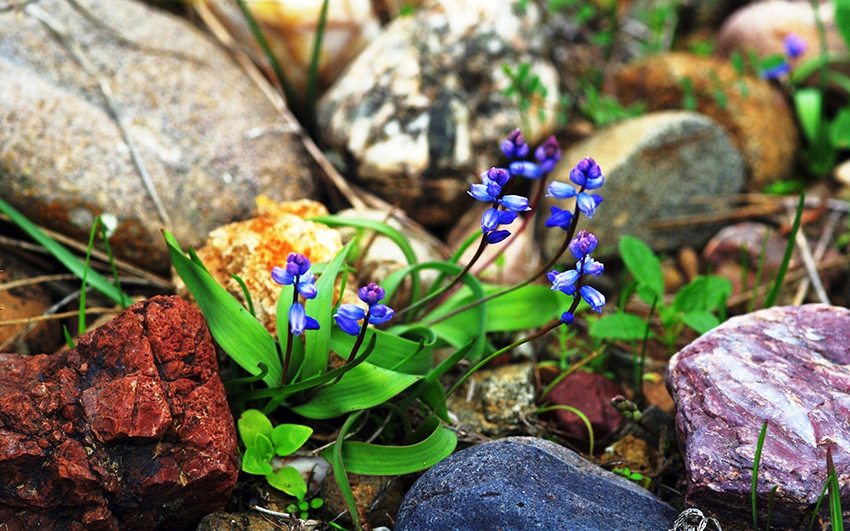
The stones collected in the field are resistant to weather and weather conditions, therefore they are more suitable for a bath than those collected in water
Features of different types of rocks
Despite the fact that in nature there is a huge variety of rocks, not all of them are suitable for use in a bath. It is best to put magmatic cobblestones in the furnace, since they are already hardened by high temperatures and high pressure, therefore they can boast of high density and heat resistance.
Related article:
Ventilation in the bath with your own hands: how to do it right. Why do you need ventilation in the bath, how to make ventilation in the bath yourself, the principles of the device, diagrams, instructions, photos, videos.
The silica content in the mineral must not exceed 50%, otherwise it becomes unsuitable for the steam room. The optimal content is 44–45%, these are the characteristics of basalts, talcum chlorites and other rocks listed above. If we talk about the properties of bath stones belonging to sedimentary or metamorphic rocks, then they are also a poor option. The fact is that minerals, which are formed by the precipitation of various substances, have a high level of water absorption and low heat resistance, therefore they crack very quickly in fire.
What stones are best for a steam bath? Dense, medium-sized, magmatic in origin. The worst option is stones with impurities. Firstly, the presence of various foreign substances and inclusions disturbs the homogeneity of the structure of the cobblestone, which leads to its cracking when heated. Secondly, inclusions can be harmful to health, and the effect on the body of harmful substances in the steam room is several times stronger.
Useful advice!In specialized stores, you can find all the answers to your questions regarding the use of a particular mineral.
How to choose stones for a bath: which are better and how to stack
As already mentioned, the recommended installation method is usually written on the packaging with stones. If there are no such recommendations or the minerals are purchased without packaging, then it is worth adhering to a number of recommendations.
If you choose which stone is suitable for a sauna with a wood-burning stove, then keep in mind that you need to lay the largest cobblestones down, then medium ones, and for the topmost layer you can again use stones of large diameter.Such a laying scheme will not only give you a good heat capacity of the steam room, but also ensure an even flow of water to all levels.
Some bath attendants do not advise using small and medium-sized cobblestones for the wood-burning stove, arguing that less steam will be released this way. In fact, if you do not use small stones in the masonry, then water will fall on the hot bottom of the stove. And this will lead not only to the appearance of an unpleasant steam with a metallic taste, but also to corrosion of the bottom of the steam room.
If you choose which stone is best for a stove in a bathhouse operating on an electric heating element, then it is better to use fine fractions of minerals. Large boulders may simply not fit between the grates, leading to voids and heat loss. Therefore, it is better to hammer electric sauna stoves with small stones, this will give a good specific heat capacity of the structure and will not allow water to get onto metal elements.
As for the packing density, it also has a significant effect on the steam. The best result is achieved if its height is 25-30 centimeters, so water gets on all stones, from the coolest top layer to the hottest bottom. As a result, you get soft and dry steam, but not scalding. To prevent small stones from falling through, a special mesh for the stone is installed on the pipe in the bath.
Do not forget that once in a certain period of time, the heater must be carefully sorted out. This is done in order to remove cracked stones, replace old ones with new ones. Over time, any mineral's performance characteristics decrease, heat transfer decreases, carbon deposits form on the surface, which can give an unpleasant odor when heated. Experts recommend completely changing the masonry at least once a year, but a lot depends on how often you use the steam room.
When choosing the type of minerals, their size, shape and other properties, always pay attention to exactly what qualities your chosen stone has. For example, minerals, the steam from which increases pressure, are not recommended for people with high blood pressure, and so on.
